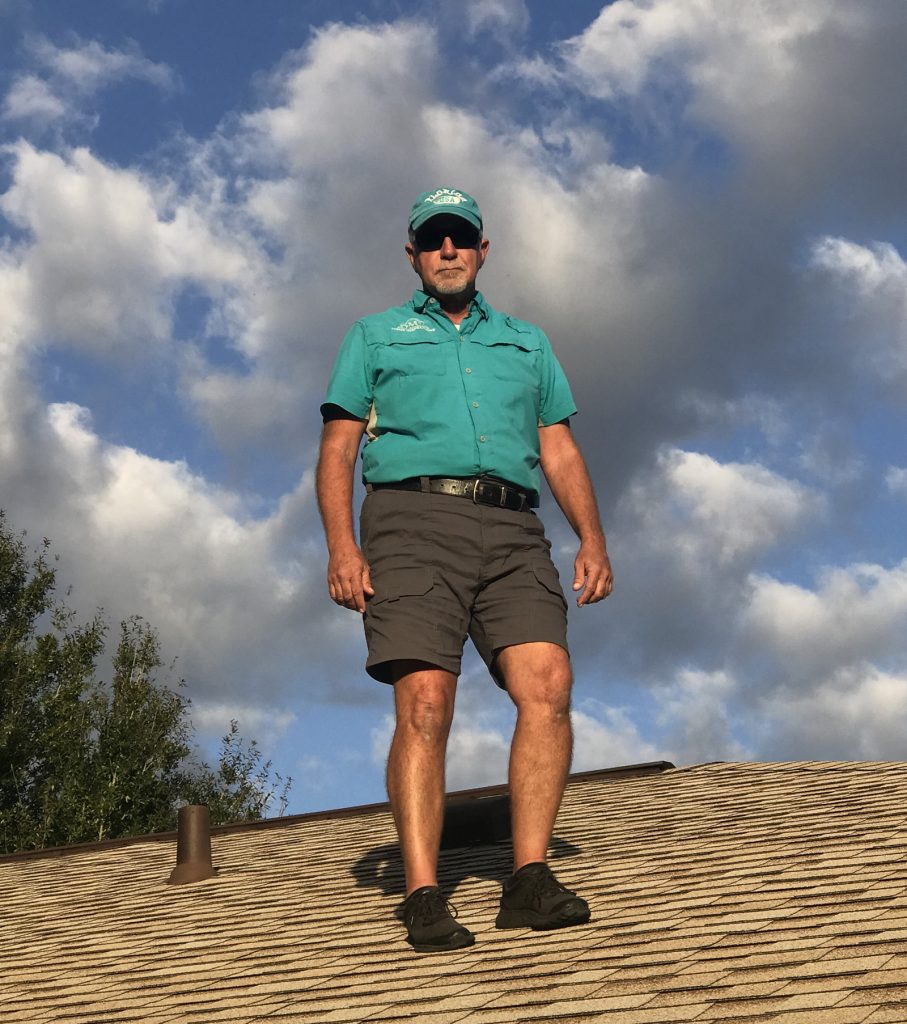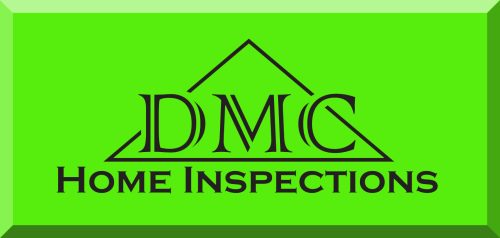
Complete Home Inspection
A general home inspection is a non-invasive, visual examination of the accessible areas of a residential property (as delineated below), performed for a fee, which is designed to identify defects within specific systems and components defined by these Standards that are both observed and deemed material by the inspector. The scope of work may be modified by the Client and Inspector prior to the inspection process.
The general home inspection is based on the observations made on the date of the inspection, and not a prediction of future conditions. The general home inspection will not reveal every issue that exists or ever could exist, but only those material defects observed on the date of the inspection.
A material defect is a specific issue with a system or component of a residential property that may have a significant, adverse impact on the value of the property, or that poses an unreasonable risk to people. The fact that a system or component is near, at or beyond the end of its normal useful life is not, in itself, a material defect.
A general home inspection report shall identify, in written format, defects within specific systems and components defined by these Standards that are both observed and deemed material by the inspector. Inspection reports include color photos and may include additional comments and recommendations.
What Does a Typical Home Inspection Cover?
- External Conditions & Surfaces
- Roof, Attic, Insulation & Ventilation
- Plumbing & Electrical Systems
- Appliances
- Heating & Cooling Systems
- Foundations, Slabs & Floors
- Walls & Ceilings
- Garage, Walls & Driveways
4-Inspection
A four point home inspection generally includes but is not limited to a skilled inspection of the roof, the electrical system, plumbing system and the heating, ventilation and air conditioning (HVAC) system. The different systems on your home have a varying but somewhat predictable life span. Most of the information gathered for a four point inspection pertains to just that. However, the information is not limited to the life expectancy of the systems. Also, considered are issues such as type of wiring used in the home and even the manufacturers of the equipment. We also look for signs of equipment or system failures. Our report will help the homeowner know what areas need to be rectified in order to gain the coverage they need.
Wind Mitigation
During a wind mitigation inspection, a certified inspector reports on the key features that may decrease the amount of damage your home suffers during a hurricane or strong windstorm. These features fall into several categories, such as exterior construction type, roof shape and construction methods, age of roof covering, door and window opening protection as well as the actual year the home was built. Another factor may be the elevation of a property and how it relates to wind speed.
